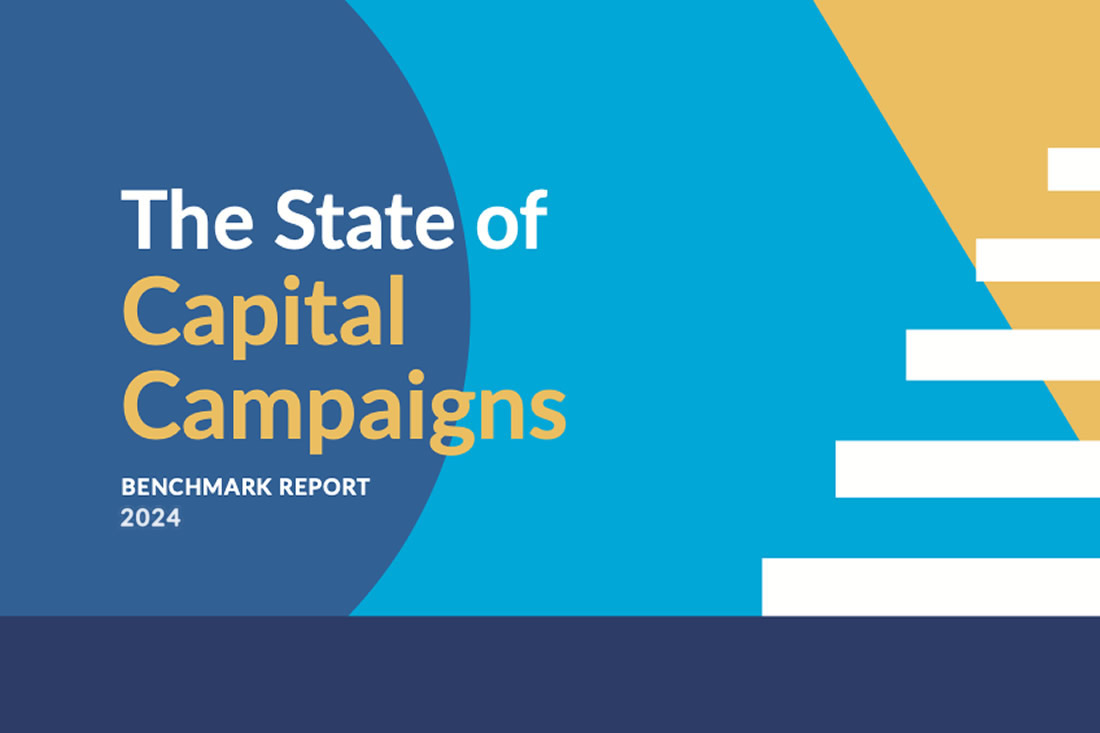How Planned Giving Serves as a Perfect Partner to Your Capital Campaign

This is a guest post written by Xan Blake, one of our very first campaign advisors. Learn more about Xan at the end of the post.
Before we dive into how to make the most of planned giving, I’d like to tell you the story of one donor I met a few years ago. First, let me set the stage.
How I Learned the True Value of Planned Giving
I was courting a new client… or they were courting me. It was an independent primary school and they had invited me to their opening ceremony for the school year.
The Head of School had just given an inspiring and moving speech about what the upcoming year would hold, about how the school expected focus, effort, compassion and empathy from the students. He told the eighth graders — the “big kids” — that they were responsible for all the classes under them. He emphasized that they would set the standard, be the role models and teach as much to the “little kids” as the faculty ever would.
It was a moving speech, mostly because it had an air of truth and hope for the future.
Immediately after the ceremony, the Director of Development said to me, “I want you to meet one of our biggest supporters and one of my favorite people.” She led me over to a smiling man with a tear in his eye. He greeted me and remarked, “Man, it just doesn’t get any better than that.”
I spent the next three years working with that school, their remarkable staff, and this amazing donor. While I had worked on planned giving both within and outside of capital campaigns before, that campaign made me realize the true value of planned giving.
I’ll get back to the school and its remarkable donor, but first, here are five tips for you.
Five Steps to Integrate Planned Giving into Your Campaign
Capital campaigns are the perfect time to launch or revitalize your planned giving program. You might worry that focusing on planned giving will negatively affect your campaign, but in my experience, the opposite is true. Donors actually increase their total giving after they have made a planned gift.
Here are five easy steps on how to integrate planned giving into your campaign.
1. Discuss Planned Giving with your Largest Donors
During a capital campaign you will have in-depth conversations with a number of your largest donors about their support of your organization. Why not maximize that opportunity to discuss planned giving?
Recently one of our Capital Campaign Pro clients who integrated a question about planned giving into their Guided Feasibility Study discovered that 1 out of 4 interviewees were willing to discuss a planned gift.
2. Discuss Planned Giving with your Board
Capital campaigns are a great time for your board to consider planned gifts. During campaigns, boards are extraordinarily focused on not just the results of fundraising, but also the mechanics. Their curiosity is piqued, and you should be there with answers to their questions about how they can give now and in the future.
3. Create Supporting Documentation
You’ll want to create two separate documents that are focused specifically on planned giving:
- A basic planned giving brochure.
- A bequest intention form. This form is completed by the donor and includes a simple promise to make a planned gift.
Organizations across the country have found this to be an amazingly effective first step in generating planned gifts.
4. Train Your Volunteers on Planned Giving
If your campaign uses volunteer solicitors, and I highly recommend that it does, you will need to train those solicitors how to ask effectively for a gift. You should train them on the following do’s and don’ts:
DO…
- Make planned giving a regular part of each major solicitation.
- Become knowledgeable about which planned gifts your organization does and does not accept. However, the vast majority of planned gifts are made through wills, so there is no need to feel like you must know everything in order to launch a program.
- Emphasize that long time donors, and not just big donors, should be considered major planned giving prospects.
DON’T…
- Don’t give legal or financial advice. Instead say:
“We encourage you to talk with your attorney and/or financial advisor.” - Don’t attempt to explain all the options. Instead say:
“For giving options please contact [someone in the organization’s development office].” - Don’t appear to be competing with donor’s family. Instead say:
“Of course, you should take care of your family first.”
5. Make Planned Giving Gifts Count
Here’s the best part. If you want to count planned gifts as part of your capital campaign, you can! Below you will find a sample policy that you can use to count gifts in a campaign even if the gift is not realized during the campaign.
- The donor is 72 years of age or older.
- The bequest intention is stated in a specific amount.
- A copy of the relevant section of the will or codicil and signature page is provided.
- A pledge accompanies the bequest intention, essentially serving as a contract with the donor.
71 and younger
72 – 75
76 – 84
85+
0%
50%
75%
100%
Unrestricted planned gifts that mature (the donor dies or there is a trust distribution) during the campaign may, upon review and approval of the Board of Trustees, be allocated to support the campaign.
What Happened at the School?
Now let’s return to our school’s campaign.
During the course of the campaign, the staff remained brilliant and dedicated. We exceeded our campaign goal and, in the process, we received eleven planned gift commitments — many of which were from teachers at the school.
And what of our donor?
He worked tirelessly as a campaign volunteer. He also changed his will so that it included a major gift for the school. When he delivered the paperwork, he had a broad smile… and perhaps a little tear.
Xan Blake, CFRE, is president of The Blake Partnership and has 25 years of nonprofit management experience. Her areas of expertise include fund development, governance, and board training. Xan has also been a Capital Campaign Pro Advisor since the very start of CCT.



Leave a Comment